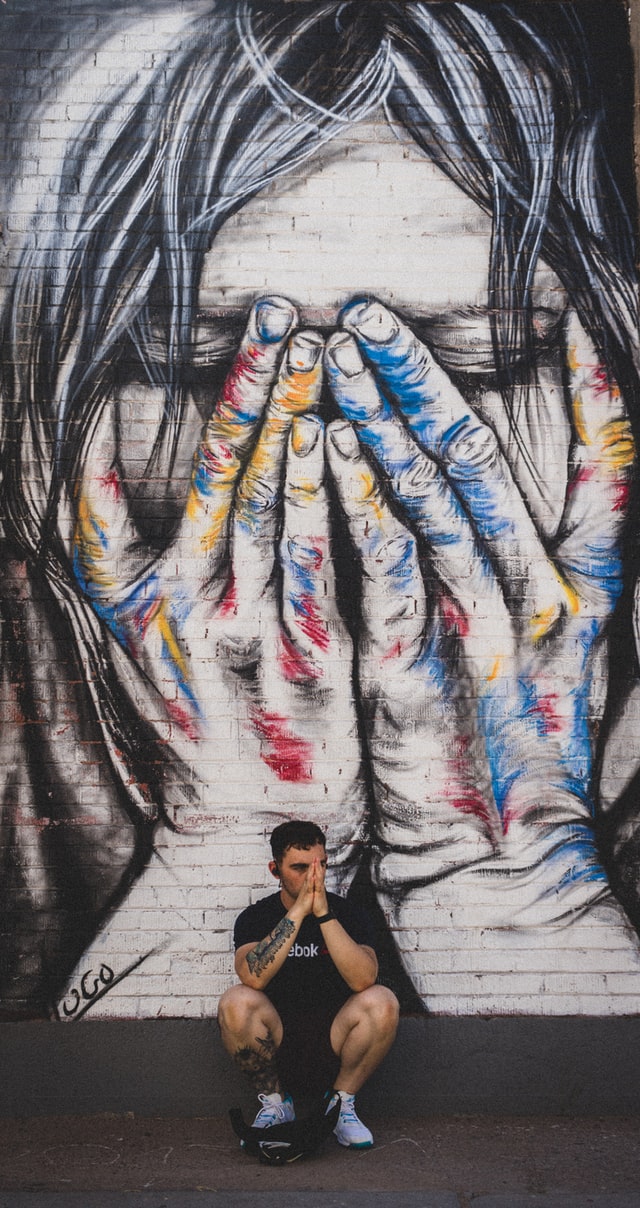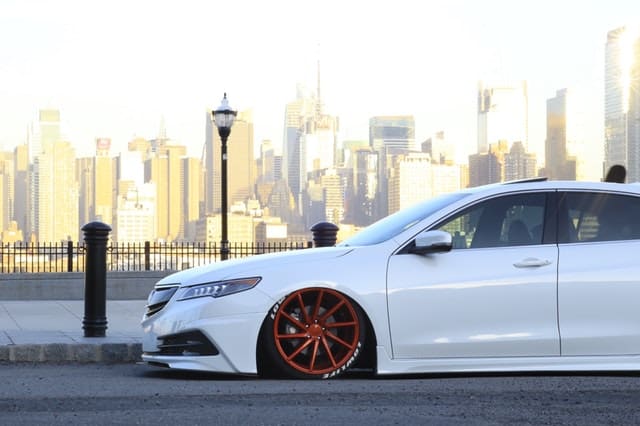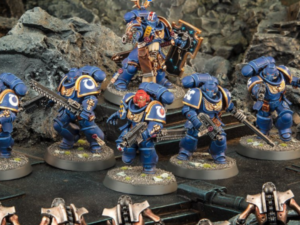Since the 90s, Banksy has been famous for his often politically-charged artwork, sardonic murals and satirical graffiti. But what happens to his street art after it’s discovered?
The enigmatic artist recently confirmed that a mural of a young girl hula-hooping spotted on a wall in Nottingham was one of his own. The artwork has become a source of pride and excitement for the city, with dozens queuing daily for a photo with the hula-hooping girl. The problem is, with the pieces freely available to the public, it can easily be defaced or damaged – something the Nottingham mural fell victim to within days of appearing. This article will look at what happens when a Banksy artwork appears and explore past issues including feuds over ownership and accidental removals.
They’re at risk of vandalisation or defacement
The term ‘vandalism’ here is referring to when others deface, spray-over or attempt to destroy Banksy’s work. This is not debating whether the artwork, itself, is an act of vandalism.
Being one of the world’s most high-profile artists unfortunately makes Banksy’s work a target for criminals. This Valentine’s day mural in Bristol, for example, was defaced within 48 hours of it appearing, which is typical for his art.
Protecting a Banksy can be very difficult. When possible, local authorities have attempted using preventative measures like perspex screens, something that was done for the recent Nottingham mural. However, there have been instances where even this has failed to stop vandals, who have gone so far as to remove these screens in order to deface Banksy’s work.
As well as petty criminals and people who disagree with Banksy’s political statements, the work is often the target of graffiti taggers. Gaining attention is arguably the main goal of these individuals, so being able to deface a Banksy is often too hard to resist. In their mind, it’s a quick and easy way to gain the kind of attention and status that would usually take years. They know they’ll be derided for defacing the work, but this is one of the reasons they do it: having the mainstream dislike them is a bonus.
They’re purposefully removed or transported elsewhere
There have been a couple of cases where the Banksy artwork has been physically removed with permission from the property owner.
To the dismay of locals, the famous ‘No Ball Games’ Banksy that appeared on a wall in Tottenham was physically removed in 2013, despite it being hailed as an ‘important cultural feature of the area’. The artwork was cut into pieces and transported away, four years after its first appearance in 2009, before being sold for charity.
It is unknown whether the newer Nottingham mural will be removed too, but if it were, it would be a delicate operation involving replacing brickwork to ensure the building would not fall down.
They are accidentally removed
There have been cases where authentic Banksys have been removed accidentally, usually by public servants who were unaware of the artwork’s significance
One such case was Banksy’s recent work on the London Underground, which sardonically refers to mask-wearing in the COVID-19 outbreak. The artwork was removed by Transport for London, who treated it ‘like any other graffiti on the network’, claiming they were unaware of its significance. Luckily though, Banksy filmed and photographed the piece before releasing it on his Instagram.

Who actually owns the artwork anyway?
This is an interesting dispute. If the artwork has been put on somebody’s else’s property or land, who owns it: Banksy or the property owner?
The answer is ambiguous. Put simply, the copyright for the art belongs to Banksy, but the property owner of where it presides is free to do what they want with their physical premises property. Usually, the property owner will try their best to protect and preserve the artwork, as they understand their cultural significance and value to the community.
Sometimes though, they try and sell it. In 2003, after Banksy had left his mark on a house in Bristol, the owner put the artwork up for sale and offered the house for free as a bonus. It was literally advertised as: ‘Banksy for sale- with free house!’. That’s one way to get attention.
Bansky is an elusive figure whose identity remains unknown. His street art is famous around the world and has faced much controversy and scrutiny, but also creates equal levels of positive cultural development, curiosity and joy.
Being ‘Banksied’ is seen as an honour by some, and a major inconvenience to others. What is certain though is the engrossing nature of his art, the aftermath a catalyst for a battle in lawfulness, ownership and general, messy scrutiny. And it’s worth every bit of it.




